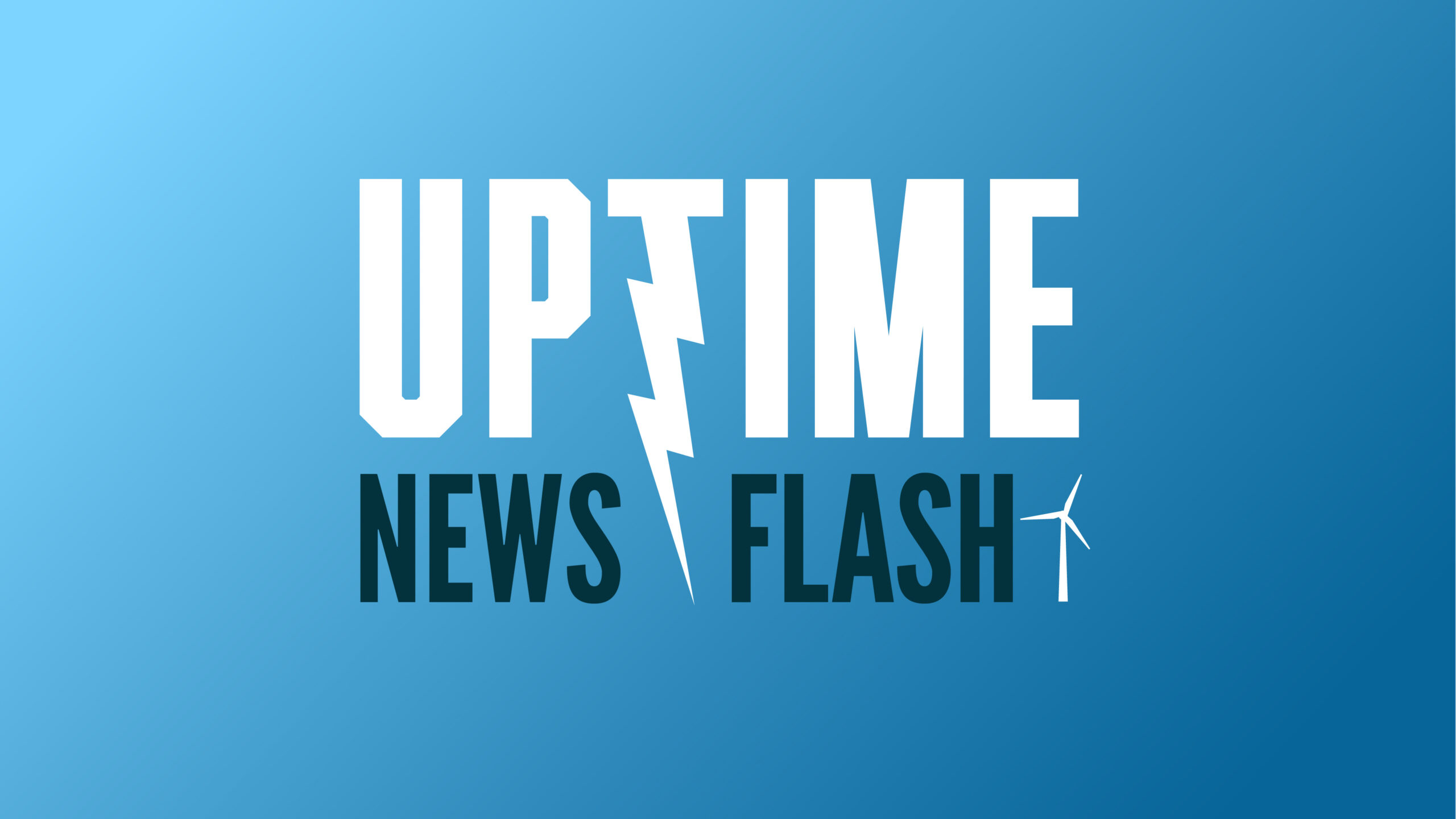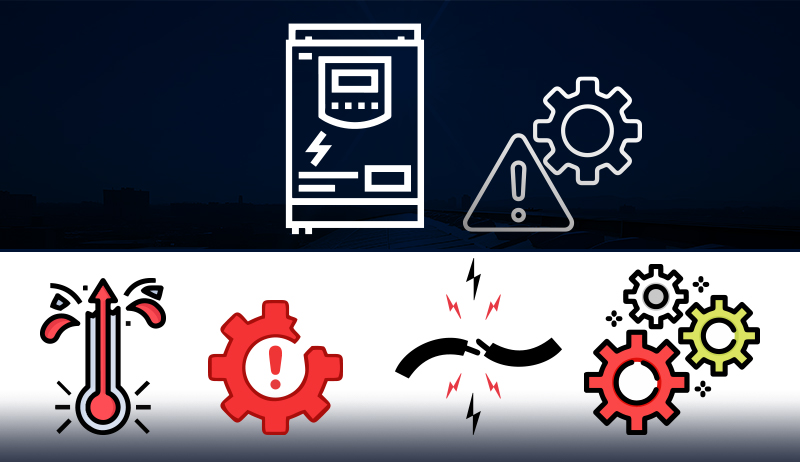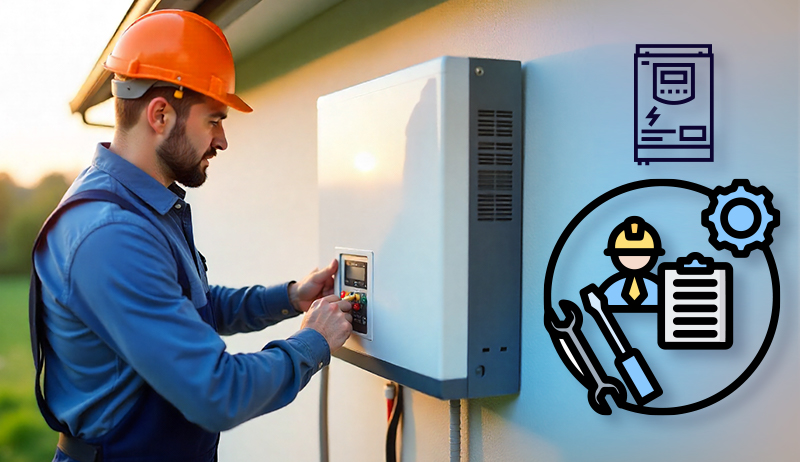The post Cyanergy Partners with ArchiPro to Empower Architects and Builders with Spec-Ready Clean Energy Solutions appeared first on Cyanergy.
https://cyanergy.com.au/blog/cyanergy-partners-with-archipro-to-empower-architects-and-builders-with-spec-ready-clean-energy-solutions/
Renewable Energy
Massive Wind Runner Plane, India Forces Local Manufacturing
Weather Guard Lightning Tech

Massive Wind Runner Plane, India Forces Local Manufacturing
Allen discusses Trump’s offshore wind cancellations, Dominion Energy’s tariff troubles in Virginia, and India’s new wind manufacturing rules helping Suzlon Energy. He also mentions Scotland’s massive Berwick Bank approval and Colorado company Radia’s ambitious Wind Runner cargo plane project.
Sign up now for Uptime Tech News, our weekly email update on all things wind technology. This episode is sponsored by Weather Guard Lightning Tech. Learn more about Weather Guard’s StrikeTape Wind Turbine LPS retrofit. Follow the show on Facebook, YouTube, Twitter, Linkedin and visit Weather Guard on the web. And subscribe to Rosemary Barnes’ YouTube channel here. Have a question we can answer on the show? Email us!
I’m about to tell you about the biggest airplane you’ve never heard of.
A Colorado company called Radia is building what could be the world’s largest aircraft. They call it the Wind Runner. And if it is completed it’s going to change everything about clean energy.
Mark Lundstrom, an aerospace engineer from Boulder, has a simple problem to solve. Wind turbines keep getting bigger and more powerful, but we can’t get them where they need to go.
Here’s why. Offshore wind farms can use turbine blades longer than 105m. But land-based turbines? They’re stuck at about 80m. Not because of engineering limits – because of bridges, tunnels, and highway curves.
The turbines are simply too big to get under bridges, through tunnels, or around curves, Lundstrom explains.
So he’s building a monster. The Wind Runner will be three hundred sixty-five feet long with a two hundred sixty-one foot wingspan. That’s bigger than a Boeing 747. Much bigger.
The payload volume? Twelve times greater than that famous jumbo jet. It’ll run on sustainable aviation fuel and land on dirt strips right inside wind farms.
Radia aims to complete the first Wind Runner in 2028. By doing this, Lundstrom says, we’ll create the path to the cheapest energy in the world.
Keep that plane in mind. Because everything else I’m about to tell you connects to that story.
Now, let me tell you what’s really happening with wind power. It’s a story of global momentum meeting American resistance.
President Trump just canceled plans to develop new offshore wind projects in federal waters. More than 3.5 million acres had been designated as wind energy areas. Gone.
The Bureau of Ocean Energy Management is rescinding all designated wind energy areas. They’re ending what they call speculative wind development.
Offshore wind projects planned for Texas, Louisiana, Maine, New York, California, and Oregon? Canceled. The Biden administration’s five-year schedule to lease federal offshore tracts? History.
But here’s the twist. While America pulls back, the rest of the world doubles down.
Just days after Trump called wind turbines a con job during his visit to Scotland, the Scottish Government approved the world’s biggest offshore wind farm project.
The Berwick Bank project will power six million homes when finished. Trump said those turbines were some of the ugliest you’ve ever seen. Scotland said, “We’ll take six million homes’ worth of ugly, thank you very much.”
The message from Scotland? We’re moving forward with wind power, regardless of what President Trump thinks.
Now here’s where policy meets your pocketbook.
Dominion Energy’s offshore wind project in Virginia just got over a $500 million price increase. The culprit? Trump’s new tariffs on imported goods.
The project features 176 giant wind turbines, 27 miles off Virginia Beach. It will power 660,000 homes next year.
But those European Union tariffs, possible additional Mexican duties, and current taxes on Canadian and Mexican goods? They’re adding up to $640 million to the project cost.
Here’s the kicker: Virginia customers will pay between $253 million and $320 million to cover those import taxes.
Company chairman Bob Blue says the project is still the most affordable source of energy for customers. Even with the tariff hit.
Dominion’s installation ship – a $715 million floating giant – arrives this month. First turbine goes up in September.
Virginia ratepayers are learning that trade wars have a price. And they’re paying it.
While America debates wind power, India is seizing control of it.
The Ministry of New and Renewable Energy just introduced strict new rules. Wind turbine makers must now buy key components from government-approved domestic vendors only.
Blades, towers, generators, gearboxes, special bearings – all must come from India’s approved supplier list.
But there’s more. All wind turbine data must stay in India. No real-time operational data can leave the country. Companies must set up their control centers and research facilities in India within one year.
The goal? Boost India’s domestic wind turbine manufacturing from 20 gigawatts to 500 gigawatts by 2030.
This helps Indian companies like Suzlon Energy and hurts Chinese companies like Envision Group.
India isn’t just buying wind power. They’re taking ownership of the entire supply chain.
And that’s paying off already.
Suzlon Energy just landed a massive order from Zelestra India. 381 megawatts of wind power equipment across three Indian states.
127 wind turbines will provide clean energy for millions of homes. It’s Zelestra’s first FDRE project – Firm and Dispatchable Renewable Energy. That means power you can count on 24 hours a day.
Girish Tanti, Suzlon’s Vice Chairman, says India’s energy transition is at a pivotal moment. The country is pursuing reliable, round-the-clock renewable power.
This landmark partnership signals India’s shift toward energy independence through wind power.
So here’s what we have: America stepping back while the world steps forward.
Trump’s administration calls wind and solar unreliable, foreign-controlled energy sources. They’re betting on oil, gas, and coal.
Meanwhile, India is building domestic wind manufacturing. Scotland is approving massive offshore projects. And a Colorado company is building the world’s biggest cargo plane to make land-based wind farms more efficient.
The Wind Runner isn’t just about moving turbine blades. It’s about moving the entire clean energy industry forward while America watches from the sidelines.
Mark Lundstrom in Boulder thinks he can create the cheapest energy in the world. Trump in Washington thinks wind power is a con job.
Only one of them is going to be right.
Seventeen state attorneys general are suing to challenge Trump’s wind energy halt. The Sierra Club says the administration is obstructing affordable, reliable energy for everyday Americans.
But Robin Shaffer of Protect Our Coast New Jersey applauds the administration. He says these projects are too expensive compared to cheap onshore power.
The wind industry faces strong headwinds from the current administration. But the rest of the world? They’re catching wind.
That Wind Runner cargo plane launching in 2028 might be carrying more than just turbine blades. It might be carrying America’s energy future to countries that want it more than we do.
https://weatherguardwind.com/wind-runner-india-local/
Renewable Energy
Nifty Maintenance Tips For Solar Inverters To Last Longer
Renewable Energy
ACORE Statement on Introduction of Bipartisan Permitting Reform Legislation
-
Policy -
Siting & Permitting Reform -
Press Releases
ACORE Statement on Introduction of Bipartisan Permitting Reform Legislation
Statement from ACORE President and CEO Ray Long on introduction of bipartisan permitting reform legislation:
“ACORE applauds House Natural Resources Committee Chairman Bruce Westerman (R-AR) and Rep. Jared Golden (D-ME) for introducing the Standardizing Permitting and Expediting Economic Development (SPEED) Act. The federal permitting process is cumbersome and outdated, creating costly delays for all energy projects—clean and conventional alike. Without permitting reform, the U.S. risks losing ground in the global race for technological and economic leadership—especially as energy demands surge in the AI era.
“The U.S. needs to add the equivalent of 133 Oklahoma Cities’ worth of electricity to the system by 2030, yet only 55 new miles of high-voltage transmission were constructed in 2023; the SPEED Act is a helpful first step toward creating the regulatory environment needed to build the transmission capacity necessary to sustain our thriving 21st century economy.”
###
ABOUT ACORE
For over 20 years, the American Council on Renewable Energy (ACORE) has been the nation’s leading voice on the issues most essential to clean energy expansion. ACORE unites finance, policy, and technology to accelerate the transition to a clean energy economy. For more information, please visit http://www.acore.org.
Media Contacts:
Stephanie Genco
Senior Vice President, Communications
American Council on Renewable Energy
genco@acore.org
The post ACORE Statement on Introduction of Bipartisan Permitting Reform Legislation appeared first on ACORE.
https://acore.org/news/acore-statement-on-introduction-of-bipartisan-permitting-reform-legislation/
-
Climate Change2 years ago
Spanish-language misinformation on renewable energy spreads online, report shows
-
Climate Change Videos2 years ago
The toxic gas flares fuelling Nigeria’s climate change – BBC News
-

 Greenhouse Gases1 year ago
Greenhouse Gases1 year ago嘉宾来稿:满足中国增长的用电需求 光伏加储能“比新建煤电更实惠”
-

 Climate Change1 year ago
Climate Change1 year ago嘉宾来稿:满足中国增长的用电需求 光伏加储能“比新建煤电更实惠”
-

 Carbon Footprint1 year ago
Carbon Footprint1 year agoUS SEC’s Climate Disclosure Rules Spur Renewed Interest in Carbon Credits
-
Climate Change2 years ago
Why airlines are perfect targets for anti-greenwashing legal action
-
Climate Change Videos2 years ago
The toxic gas flares fuelling Nigeria’s climate change – BBC News
-
Climate Change2 years ago
Some firms unaware of England’s new single-use plastic ban





